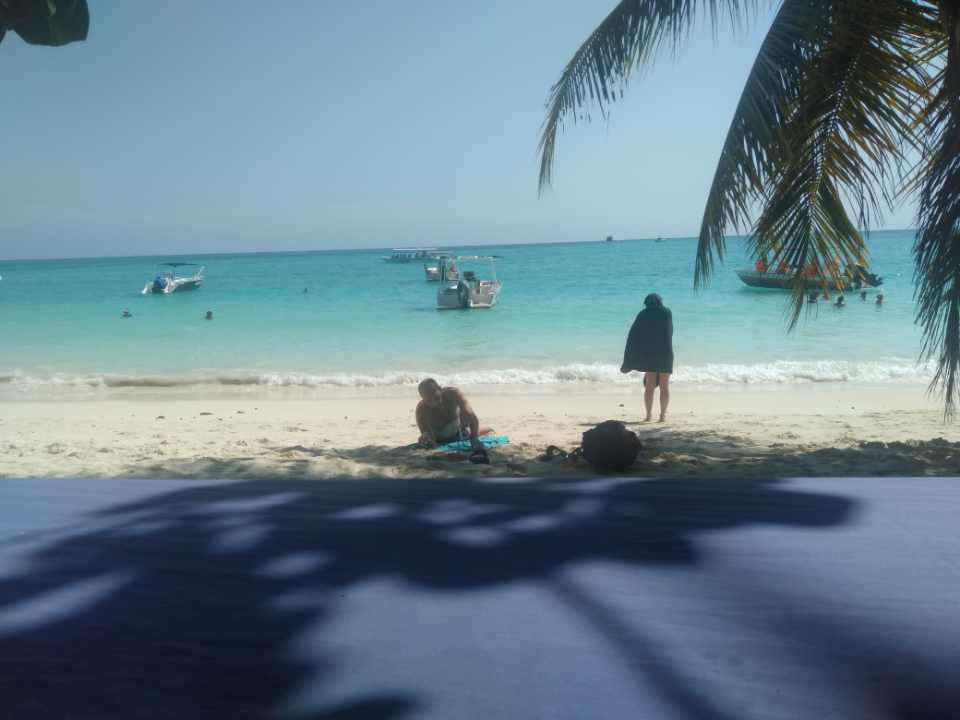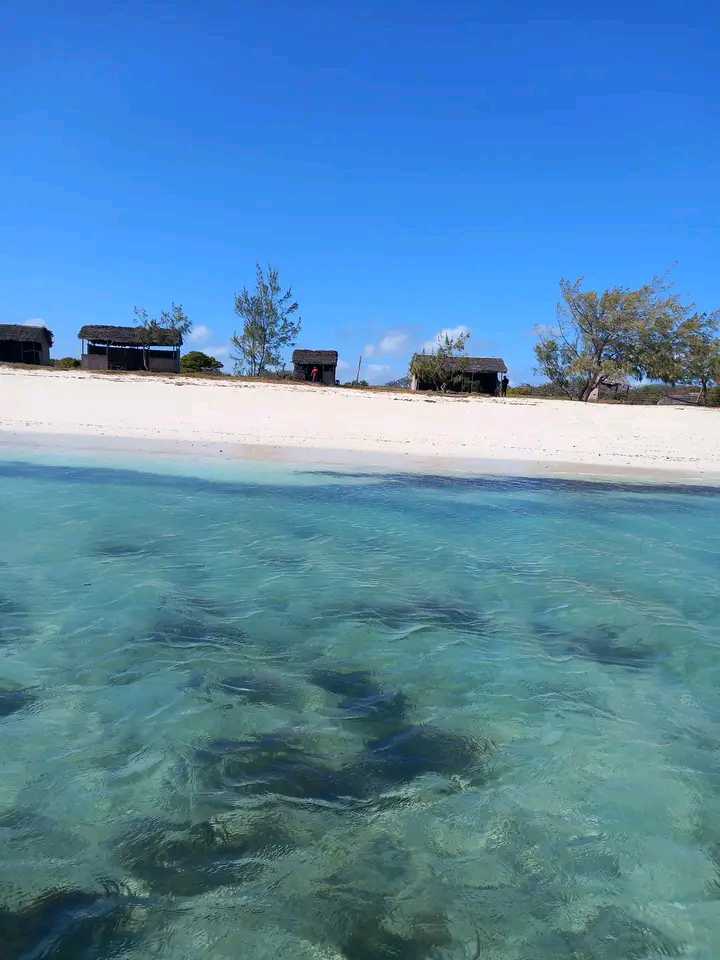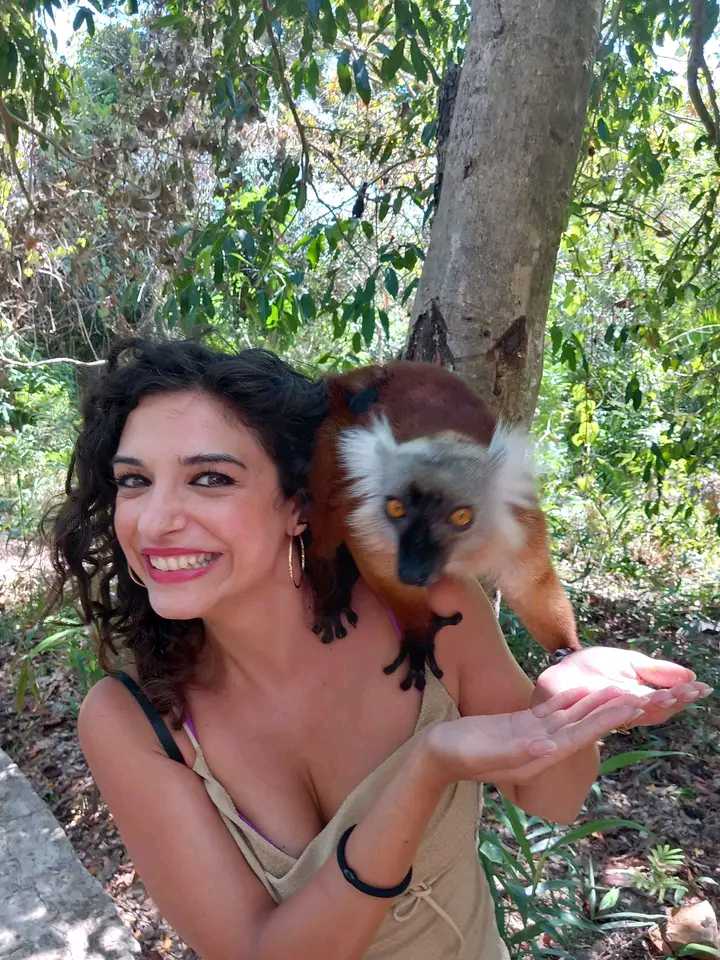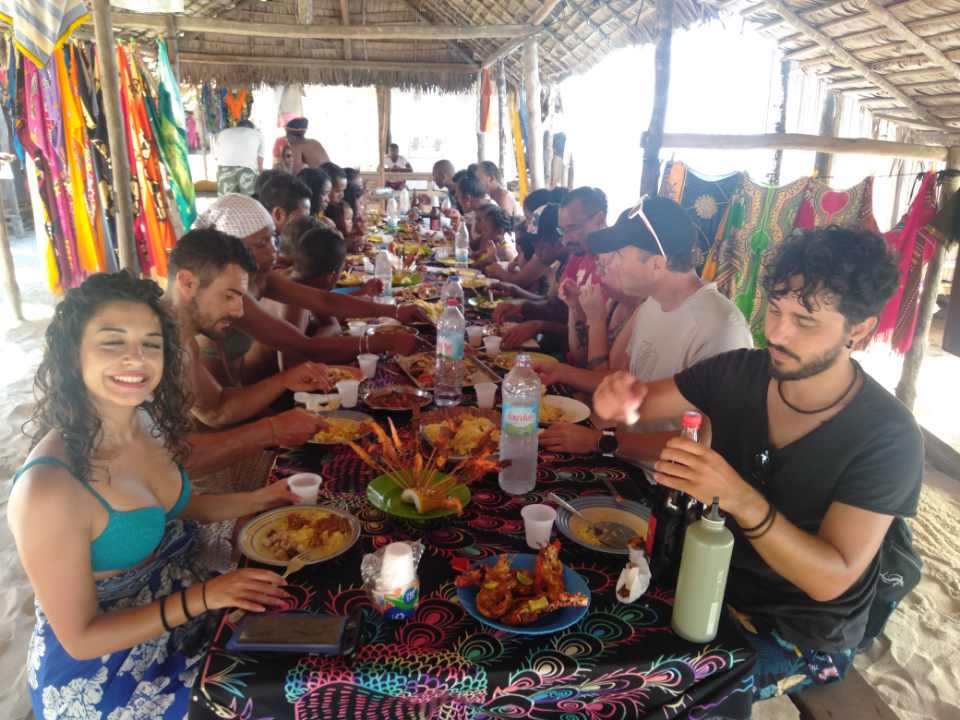- Departure from your hotel at 8:00 a.m.
- Full-day tour of Nosy Be Island, passing through Hell Ville, visiting the market, passing by old buildings with colonial architecture. Continue to the Korai center, a coral nursery.
- According to a study conducted by Nature Sustainability, the 12,000 km2 of coral reefs along the African coasts bordered by the Indian Ocean are threatened with total disappearance by 2070. Koraï refuses to accept this inevitability, and is embarking on the restoration, protection and evolution of coral reefs in Africa!
- Korai therefore has 4 main activities:
- Rebuild: Using nurseries that follow a standardized operations model, we reproduce and then replant corals, mangroves and seagrass beds in areas where needed.
- Protect: in partnership with marine protected area (MPA) managers to identify restoration areas, scientific monitoring and the creation of new MPAs.
- Assist: in partnership with teams of researchers, assist the evolution of corals in order to make them more resistant to warming waters.
- Raise awareness: the nurseries will be open to visitors under the model of an educational aquarium and a natural history museum
- Continue the tour of the island by visiting the village of Marodoka, an old trading village, with an important historical past for the history of the island of Nosy Be.
- In the center of the village today, you will see the remains of a Hindu temple, a few houses with the architecture of this bygone era still standing and you will certainly meet locals, descendants of the Africans who came there aboard the giant dhows. Stop at the CNRO to visit the oceanographic museum of Nosy Be. Created in 1950 by the Office of Overseas Scientific and Technical Research (Orstom), the oceanographic museum has been managed since 1974 by the National Center for Oceanographic Research (CNRO) with four departments dedicated to fisheries research, marine geology, oceanography, biology, physics and chemistry. The first part of the museum brings together nearly 594 marine species living in the North of Madagascar, which is not little knowing that Madagascar is the second richest country in the world in terms of biodiversity. You can also discover the three types of reefs present in the north of the island, the mangroves, the beaches and the coral reefs, each presented with its specificities as well as the types of fishing practiced, including those now prohibited. The last room of the museum offers a sperm whale skeleton recovered in 2010 as well as a whale rib. Even if you have seen whales in real life, seeing just a rib, larger than a human being, is worth the detour. The CRNO worked with Professor Salvatore Cerchio on humpback whales (see no comment® issue 84). The museum is also full of historical treasures such as the model of the Sarimanok boat which was used in 1985 by a team of ten European researchers to recreate the first "civilization" of Nosy-Be. With their boat, they crossed from Africa to Nosy-Be in three months.
- Lunch in a restaurant in Hellville or on Andilana beach.
- To end the visit in style, climb up to Mont Passot, the highest point in Nosy Be at 326m. Admire the 360° panoramic view of all of Nosy Be, the Mitsio Islands to the north, Nosy Iranja and the Radama Islands to the south.






